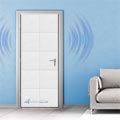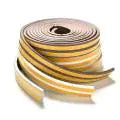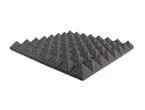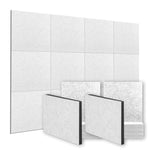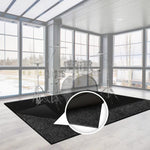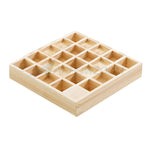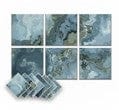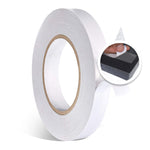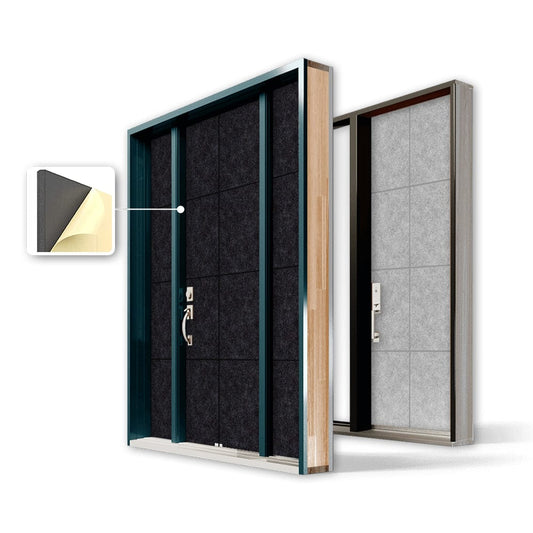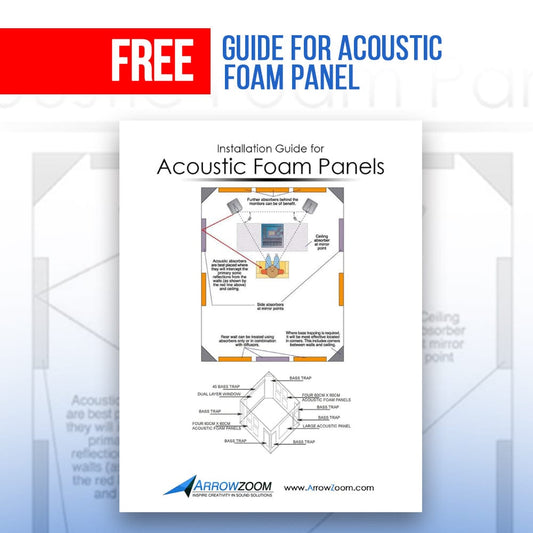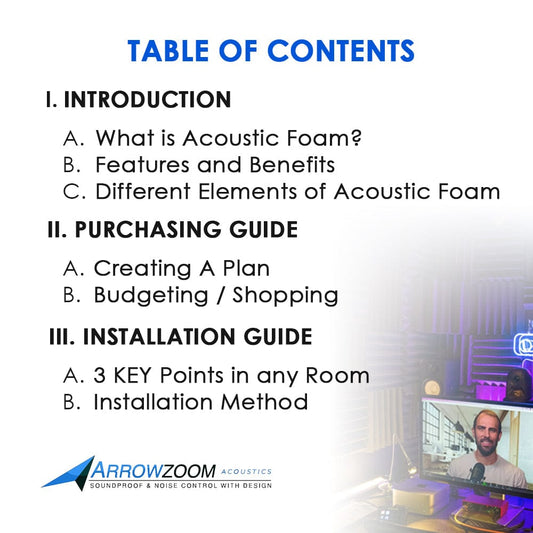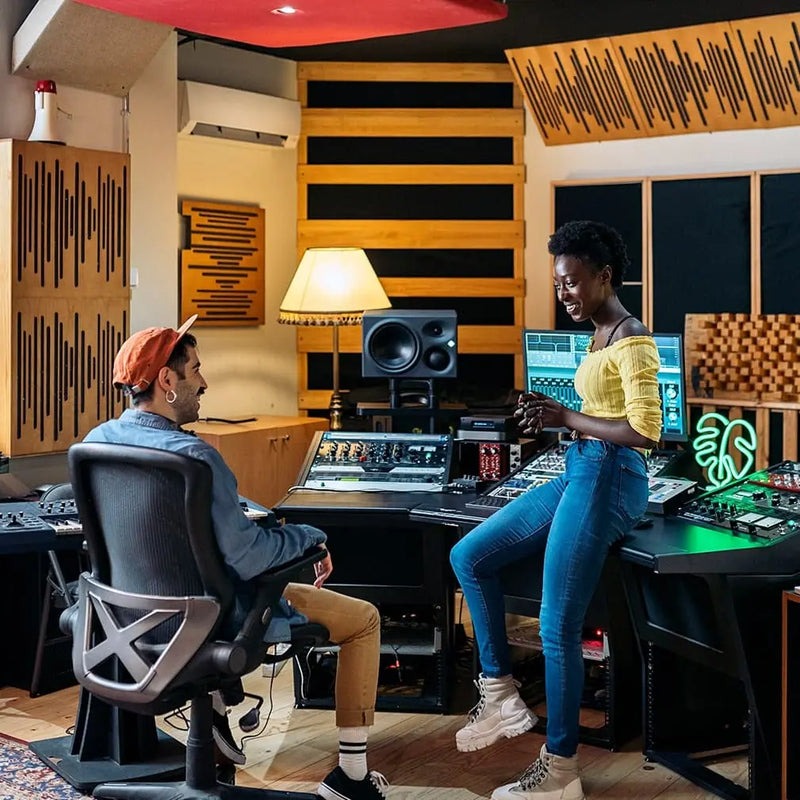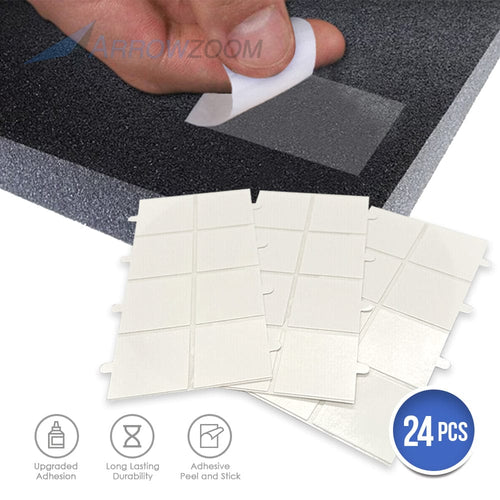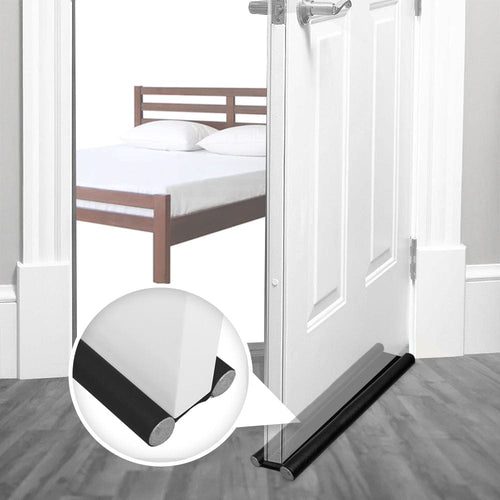TIME REQUIRED: 1 Hour | DIFFICULTY: Average
When it comes to providing an acoustic treatment to your room, there is a misconception that you can place, or cover your entire room with acoustic foams without knowing that there is a specific use and proper placement of each foams. AustinSV, a YouTube Gaming Creator shares that he planned to use additional foams from Arrowzoom besides his generic existing foams. He was overwhelmed with the result and floored by how much better things sounded. According to AustinSV, After treating his room using Arrowzoom Acoustic Foams, the recording technique became less of a hassle.
In his video, he also stated that the common mistake of audio treatment is the proper placement of the acoustic foams. So in this blog, we will not just only show you how to install acoustic foams into your room, but we will also share how to properly use it.
1. Wait for your Foams to Come Back to its Original Shape.
When your ordered acoustic foams, they're gonna come vacuum-sealed to save on storage and delivery space. You may let it sit in a wide-open space for about 24 to 48 hours for the foams to come back to its original shape or you can also soak it gently in the water. After soaking, place it in a wide-open space and wait for it to dry.

2. Apply Adhesive Spray into your Foams.
When the foams are already in shape, you may use Arrowzoom Sticky Tabs for installation or you may purchase an adhesive spray in any hardware near you. After applying the adhesive spray into the back part of the Acoustic foam, you may now start installing the foams to the area where you want it to be placed.

3. Install Acoustic Foams on the Wall or Door Area
Always make sure to use pressure while installing the foams against the wall so it will not eventually fall in the longer run. The more pressure you use, the harder they'll be to get off.

THE 3 MAJOR CATEGORIES OF ACOUSTIC TREATMENT
Acoustic treatment is not only limited to panels or foams. It is also the entire room designs and objects in the room because every object in the room can shape the sound. Any furniture, type of screens in the room, your window, and even the angle of your chair can make the sound different.
BASS TRAPS
Bass traps are small box-like pieces that are designed to capture sound waves from within a corner of a room. Bass traps absorb low frequencies and also can cover a mid and high frequency. Traps like these are required to break up those powerful waves such as low-frequency waves and they also contain them so it will not penetrate outward. That's why it is important to install the bass trap into your room's corner.
DIFFUSERS
Diffusers are mostly used in larger studios. They are not necessary in your bedroom because the almost work the same way as acoustic panels but the sound waves are a lot less likely to bounce. there some DIY diffusers that can be found in your room such as bookshelves.
ACOUSTIC PANELS
The importance of their placement relies on being treated with other treated surfaces. Acoustic panels are designed to take the large waves of the sound and break it into smaller waves making it not only dissipating into multiple directions but also absorbs large frequency waves. These types of foams can be also used in the corners of your room.
For AustinSV, investing in serious high-quality stuff is worth it. Here's a quick look of his new Black and Gray Pyramind Acoustic Foams. With all the knowledge that he shares in this blog, we hope you will now get great results.
USE 10% CODE: AZ-AUSTIN


